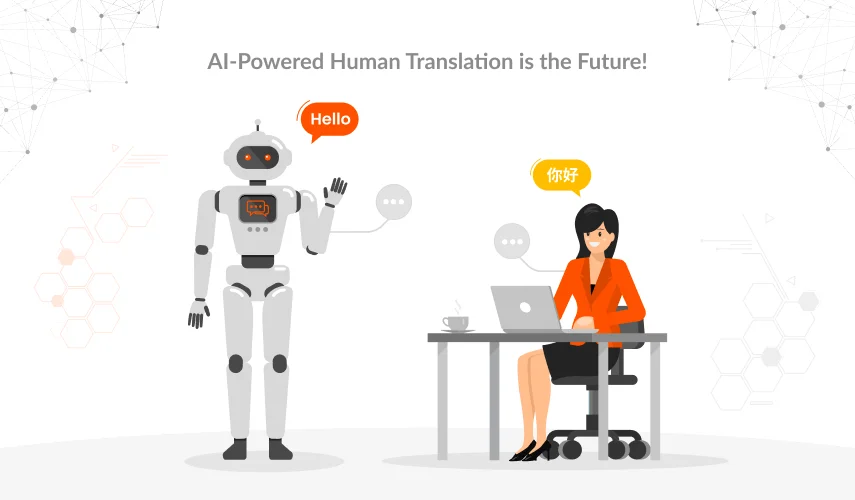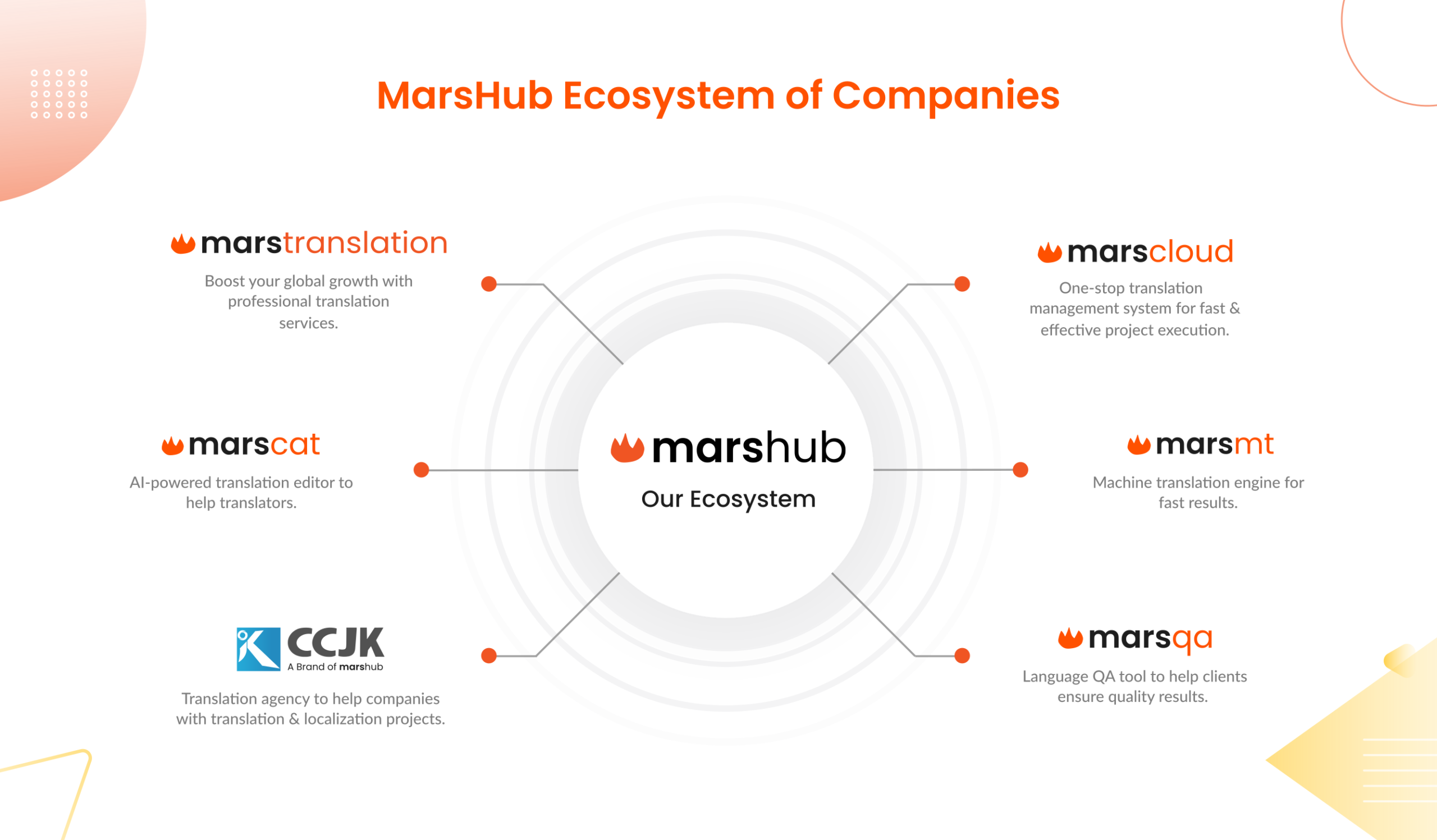Going global is the need of time. For this, localization is not enough to compete in the global market. Digital products need constant updates with a robust localization strategy. This means that your business needs to do nonstop translation and localization of content. If you are unable to do continuous localization, updates, and marketing then you are likely to lose your competitive edge in the market. The pragmatic solution to satisfy clients all over the globe is to design an effective localization strategy. Just localization is not enough if it is not contextual and continuous. So, to avoid any awkward situation, there is a need to ensure that localization is not a secondary perk but an integral business process. This integral process is mandatory for going international and executing a continuous localization plan.
Continuous Localization
Continuous localization is a practice for the integration of translation into software development cycles. It is an important step toward making localization consistent and automated. It helps to lower the burden of trying to keep up with localization on an irregular basis. Globally, it is a new approach that is the reliable choice for content that updates randomly. Unlike traditional localization, continuous localization is more active when any update is required for any particular content piece. As we know, content is first created and translated, and then delivered. But in the case of continuous updates, there is a need to continue to localize. It especially manages the local and tods to avoid complications.
The Difference in Continuous Localization Workflow
Continuous localization delivers a never-ending sprint, as its name indicates that it is continuous delivery. Localization is fully integrated into software for continuity in the workflow. While in Agile localization, the localization management system is integrated into the agile process, and translation services take place in sprints. Another important difference is that content is always ready to release in continuous localization, while in agile you have to wait until the sprint is completed. It originates from the continuous delivery or continuous integration approach, a subset of Agile methodology.
Why is Agile methodology Important?
In this ongoing methodology, if you are developing any mobile app or any video game, during the development cycle, the software is ready for release at any time whenever a new code is being pushed constantly. It is a very quick process in practicality even though the release can occur at various times a day. For an agile software team that needs to do continuous updates and releases, it is the perfect Agile localization workflow. Because, by integrating this software, manual and hectic tasks can be removed and it speeds up the process.
Difficulties in Working
From time to time, a lot of software was developed. For instance, the waterfall development model was followed by the translation process. Localization works accordingly with agile software development cycles instead of happening after as a separate workflow. In the absence of continuous localization, you are likely to fall for the waterfall development model.
In most cases, developers complete a sprint by packaging up the string resources into localization kits and sending them to translators. When translation starts to come in, developers are already busy with another development sprint. Then they shift back to previous alterations to address questions, issues, retesting, coding changes, etc. This sequence of workflow can cause immense complexities while dealing with a large volume of projects. This localization process removes this hurdle by keeping track of development. It does not let you waste any time in unnecessary complications and disturbance.
This is different from localization because it helps to reduce the gap between development and localization. Because that gap is an age-old problem, this ongoing localization provides a pragmatic solution. It integrates the localization process allowing for localized products to be delivered parallel with every new characteristic.
Working on Continuous Localization
Major features of the continuous localization procedure include:
- The close integration of translation and development teams
- Automated string
- Translation, review, and testing to keep up the pace with development
- Sprints results are complete and in fully localized code
Gone are the days when translators were considered only passive recipients. Now, it has become mandatory to develop channels between translators and development teams. For this, the localization manager can handle the flow of information between the teams. Because employees must know about their working on which specific project. So, the development team can review all the suggestions and queries into its consideration.
Why use Professional TMS Tools?
Choosing the right tool is very important. As we are living in the age of digitization, there is no need to send or receive mail by hand. As such, there is no need to worry about batching up strings and getting translation by hand. For this, tools like translation management system (TMS) can handle all these peculiar tasks through automated functions. It is important to invest in these kinds of tools that hold special features. A cloud-based translation management system ensures centralization, safe security, and accessibility as per demands. This helps your team to stay interconnected. It does not matter how remote they are allocated geographically. Likewise, you must ensure that your translation management system is fully integrated with API integration.
To improve the quality of localization, your TMS must have competitive features like translation memory, management of terminology, and artificial intelligence. Similarly, machine translations and customized workflows are requirements to promote efficiency.
Benefits of Continuous Localization
As we know that localization is not a one-time job, businesses need to adopt a continuous localization approach to build a robust global brand identity. Following are some key benefits of being consistent with your brand localization.
Multilingual Development
Different development teams could work in different languawith continuous localization. For instance, if you are running a business globally then your teams must be working in different regions. Like the Chinese team could create their interface in Chinese and the English team in English. It means that each team can look at the screen in their own language at the end of the sprint. Owing to this no need in hiring software developers who happen to speak English.
Advantages for Developers
Translators read the text carefully as no other person reads that text more precisely than they do. If any ambiguity remains in the text then developers can rethink the idea or wording in order to sustain the quality and clarity. This will increase the quality and ranking of the software. This timely feedback is important and appreciable for both developers and translators.
Faster and Efficient
Continuous localization is faster than a simple localization process. As localization happens at the end of the development process. That includes translation, review, fixing the issues, and final approval. The same follows by the continuous localization but with a rapid pace. Also, it can work with any computer. For example, E-commerce companies usually send small updates that do not relate to software strings but to content stored in the content management system.
Cost-Effective and Error-Free
It facilitates checking whether the designs function accurately in all target languages. If you reduce the localization defects, you will reduce the risk of misinforming, and confusion. This act will not offend any customer. For example, fixing bugs can cost you over $50,000/annum. If you fix the bugs and issues during development, it is cheaper instead of doing it after localization or during testing. So, integrating localization reduces the cost as well as localization defects.
Role of Translation Management System in Continuous Localization
The translation management system (TMS) brings the localization team to a single page. Especially, a cloud-based management system that includes the centralized feature helps to bring the team under one roof. The team can access and track the records of content. In this perspective, MarsCloud is using a localization strategy that can gather enterprises, language service providers (LSPs), and professional linguists in one forum. It was a long time ago when back-and-forth files were used to be checked and sent among developers, translators, and checkers. Now, TMS paves the way to continuous localization.
Future of Continuous Localization
Due to the rapid pace of development, the future of continuous localization is engaging and demanding. It can make our content update all the time. For project managers, it will help to reduce their workload. Many organizations are shifting their localization level to the continuous localization level because of its ongoing process.
Wrapping up
There is no denying the fact that the localization process has been transforming itself since its inception. Continuous localization has enabled continuity in updates. Eventually, these spaces up the room for constant improvement in the localized content. It is mandatory for sustaining your business in the pipeline of competition. Because nothing is more invaluable than the previous edition of anything. The same goes for the localization of the content, which needs nonstop up-gradation and updates. And this can only be possible by continuous localization. It’s time to move ahead of the localization generation.



